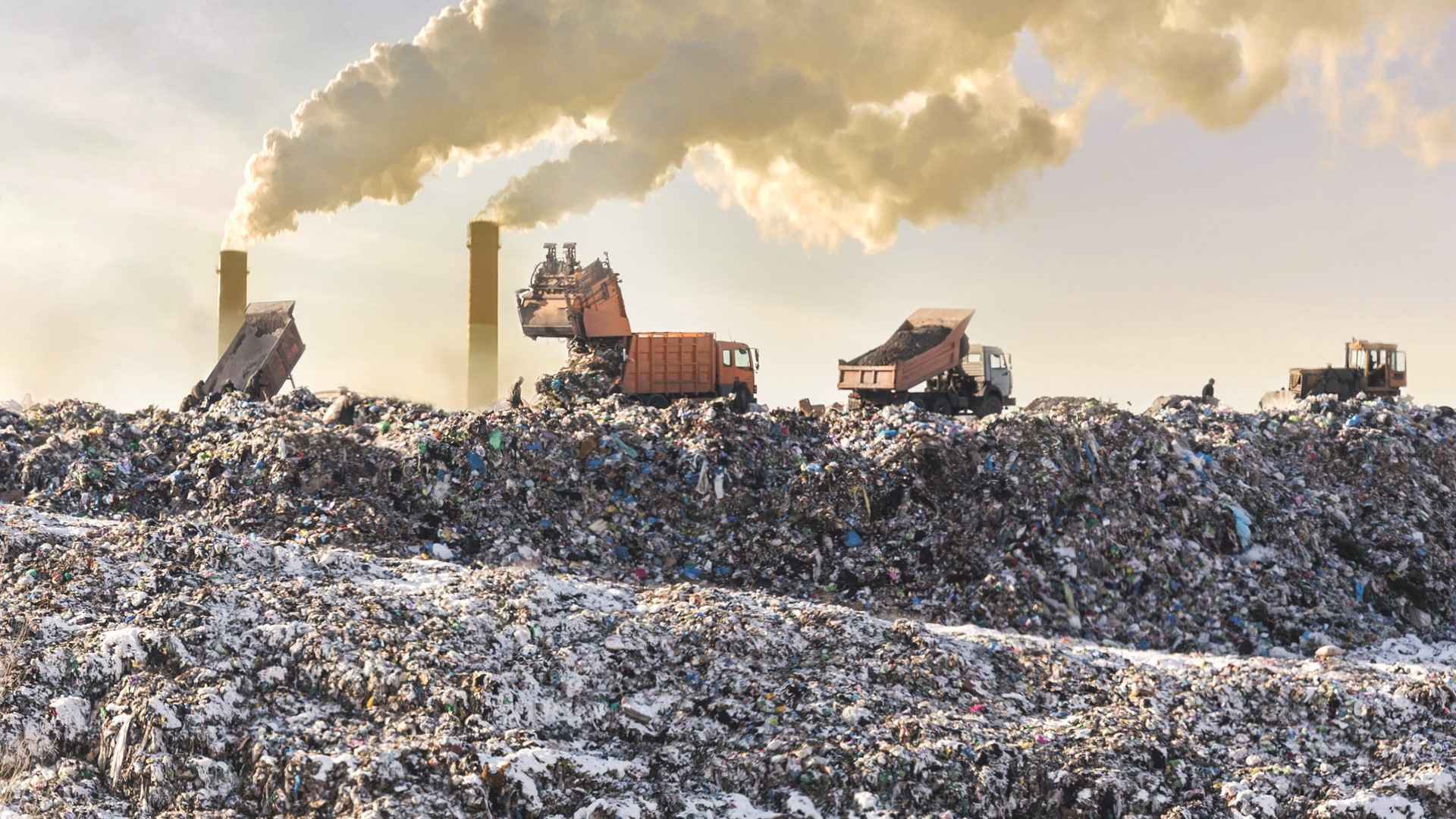Does Product Packaging Contribute to Climate Change?
Product packaging and labeling can indeed contribute to climate change, and this happens through various mechanisms:
1. Resource Extraction and Consumption
The production of packaging materials often involves the extraction of natural resources, such as petroleum for plastics, trees for paper, and minerals for metals. This process can result in deforestation, habitat destruction, and the depletion of finite resources, which all have adverse effects on the climate.
2. Energy Use
Manufacturing packaging materials is energy-intensive. Depending on the source of this energy, significant amounts of greenhouse gases (GHGs) can be released. For instance, if the energy is derived from fossil fuels, the carbon emissions are higher, which directly contributes to climate change.
3. Greenhouse Gas Emissions
Throughout the lifecycle of packaging — from production to transportation to disposal — greenhouse gases are emitted. For example, the production of plastic releases methane and ethylene, and the decomposition of certain materials in landfills can emit methane, a potent greenhouse gas.
4. Waste Generation
A significant amount of packaging, especially plastics, ends up in landfills or as litter in the environment. As it breaks down, it can release GHGs, and when incinerated, packaging waste can emit carbon dioxide and other harmful substances.
5. Recycling and Disposal Issues
While recycling can mitigate some of the negative impacts of packaging, not all materials are recyclable, and not all recyclable materials are actually recycled. The processes of recycling and disposing of packaging also consume energy and produce emissions.
6. Transportation
The transportation of packaged goods adds to the carbon footprint. Heavier or bulkier packaging requires more energy to transport, which, in turn, increases the emissions of GHGs.
7. Over-Packaging
Many products are over-packaged with multiple layers of materials, much of which is unnecessary. This not only wastes resources but also increases the environmental impact due to additional weight and volume during transportation.
8. Single-Use Culture
Single-use packaging, common in food service and many consumer goods, exacerbates the problem as it creates a constant demand for new production, leading to a cycle of emissions.
Efforts to Mitigate Impact
In response to the environmental impact of packaging, there are efforts in the industry to reduce its carbon footprint:
- Sustainable Materials: Companies are increasingly using materials that are biodegradable, compostable, or made from renewable resources.
- Design Innovations: There is a push for designing packaging that is minimalistic, uses fewer materials, or is easier to recycle.
- Circular Economy Approaches: Implementing circular economy principles, where packaging is designed to be reused or recycled back into the production cycle, can reduce waste.
- Regulations and Policies: Governments are implementing regulations to encourage or mandate reduced packaging, increased recyclability, and the use of recycled content.
- Consumer Awareness: As consumers become more aware of environmental issues, there is greater demand for sustainable packaging, which can drive change in the industry.
In conclusion, product packaging can have a significant environmental impact and contribute to climate change, but with growing awareness and innovations in sustainable practices, efforts are being made to lessen this impact.

